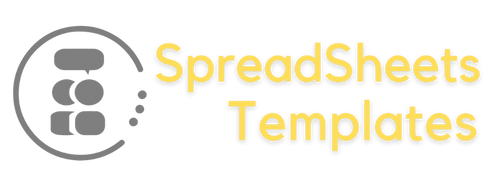What is the cash book? Leave a comment
All cash receipts and payments are recorded chronologically (day, month, and year) in the cash book.
This is an auxiliary book of accounting records and is optional. The cash book is intended to check only the inflows and outflows of an account.
When starting a business, he needs to have financial control over his income and expenses. In this book, a personal audit of the company is performed, which can in the future assist in filing income tax returns.
The cash book is generally accepted by the cashier of the company (the department responsible for receiving income and paying expenses), or any other profit or non-profit organization.
The notes should be methodical, daily and detailed. You do not need to record future earnings (notes that have not yet cleared and posted to checks).
All invoices and receipts should be kept, as they will help to fill out the cash book correctly (this can be electricity, rent, water, telephone, stationery and mining supplies, repair and upkeep of the premises, etc.)
Which companies are required to have a cash book?
The cash book can be used by companies of all sizes, as long as they record correctly. In other words, record all financial income and expenses, record receipts, payments, and other activities.
Although it is not mandatory for all types of businesses, it is interesting to use it to control cash flows.
Companies that fall under the Simples Nacional tax regime – with annual gross revenue of R$4,800,000 reais – must declare the cash flow amount.
With a cash register with correct check-in and check-out records, these numbers can easily be found in one place.
How do you create a cash book?
You can use paper spreadsheets or Excel to create a cash register that displays information that identifies a document.
We can create a basic cash register book that contains columns:
Date: You need to set dates for better control of the company’s cash book. In addition, you can divide it into different daily tables if the daily flow is very intense.
History: The history is a place reserved to identify the reasons for the transaction, for example: “Payment to supplier A” or “Confirmation from customer B”.
Postings: Inflows define the revenue that a company receives for a given period, in cash or debiting an account.
Withdrawals: Outflows define the amounts paid by the company for a given period, in cash or on account.
Final Balance Sheet: It is important to define a balance sheet that indicates the difference between inflows and outflows. The result is how much cash the company currently has.
The balance from the previous period must be recorded in the first entry. This value can be from the previous day, month or year, used by the company, and the amount of cash flow that the trade represents.
Did you like our content? And don’t forget to share it on your social networks.

